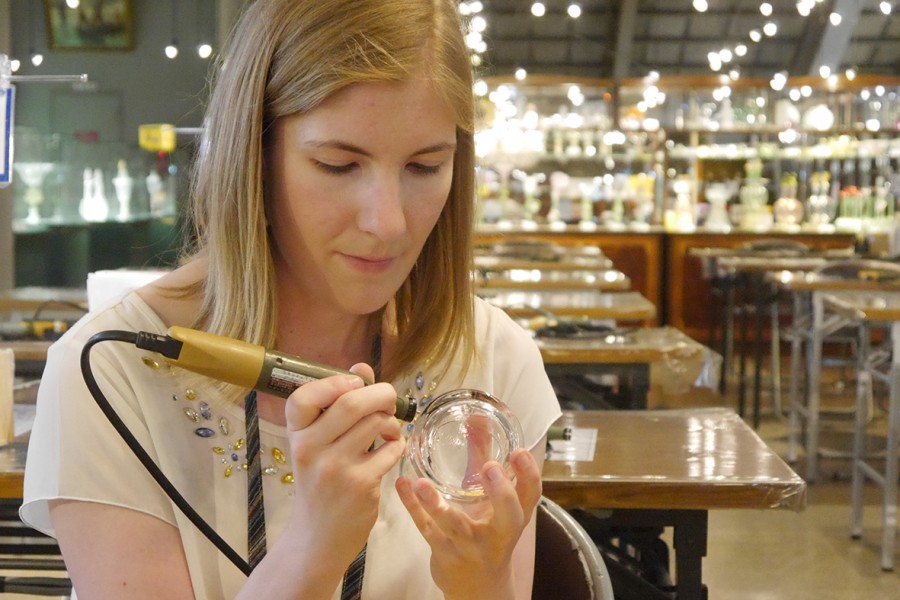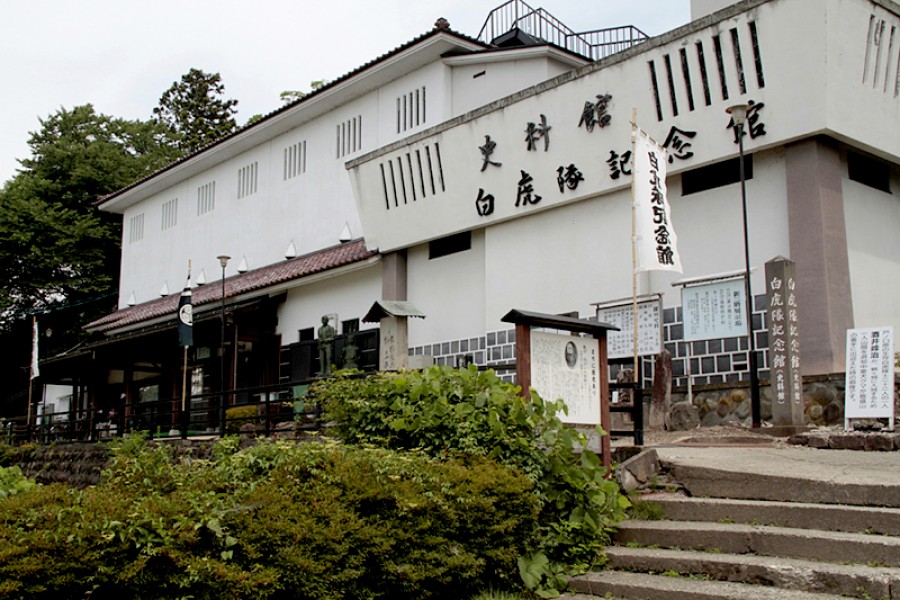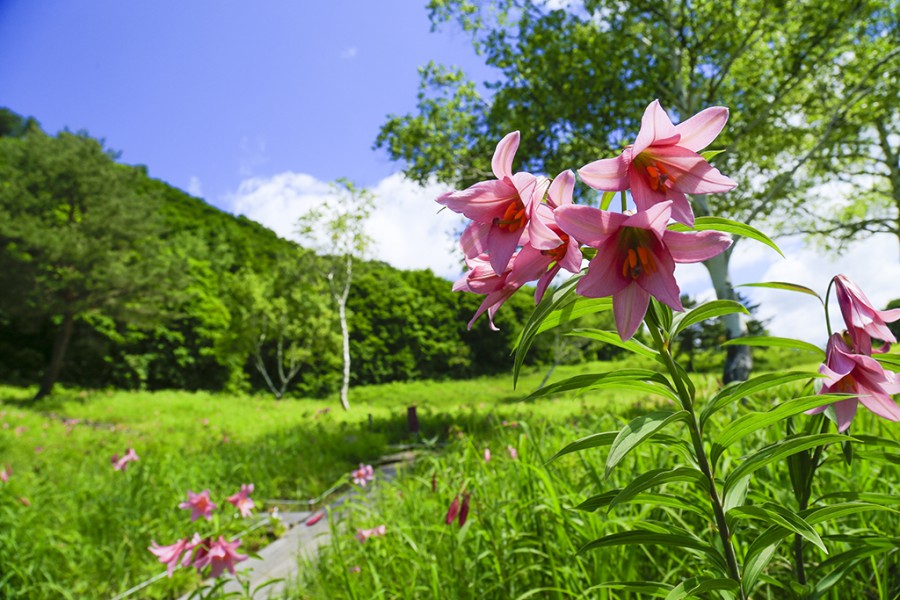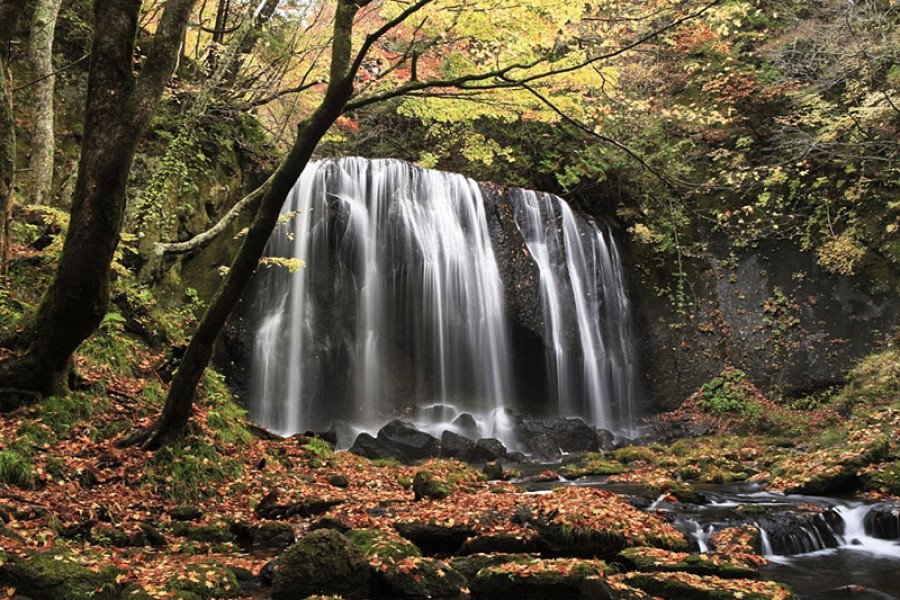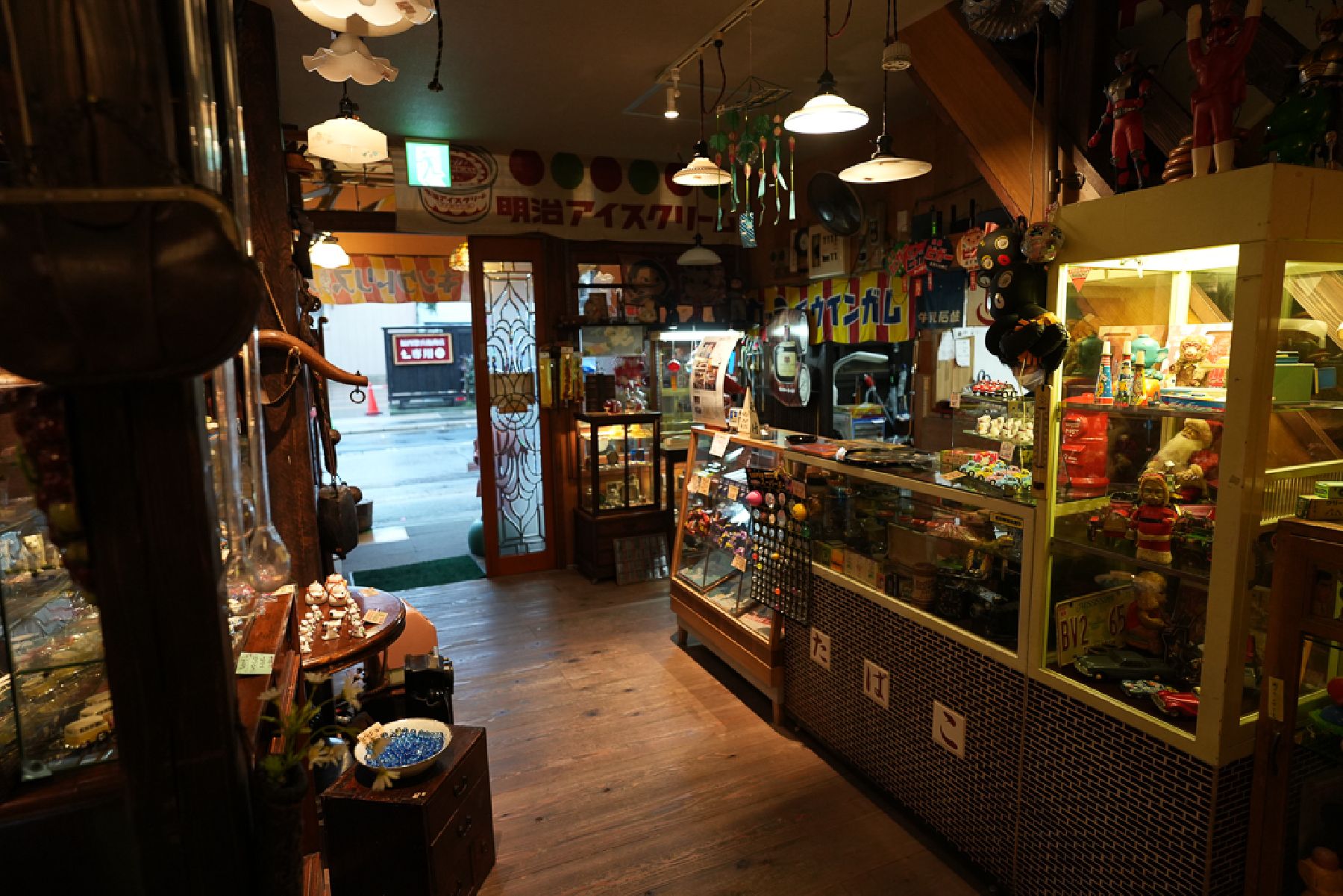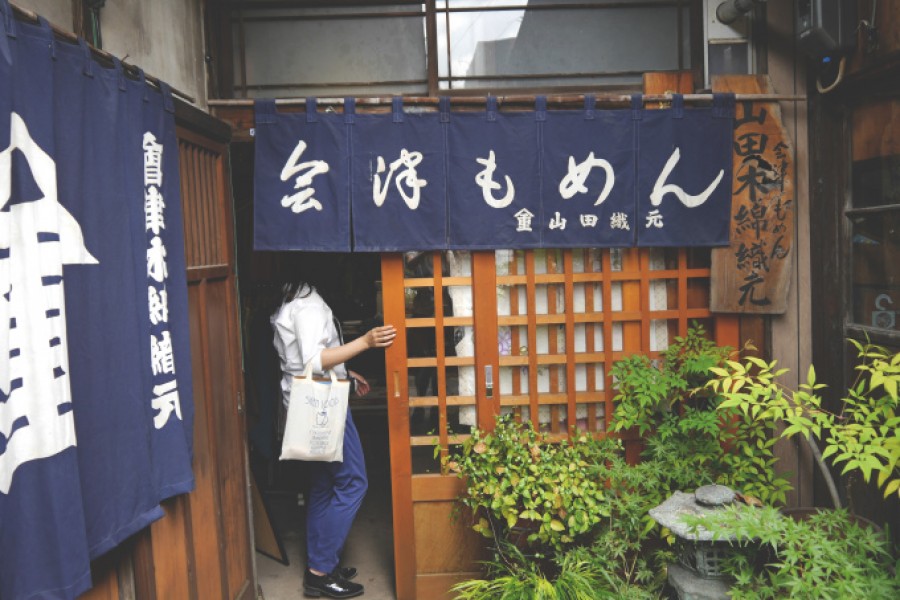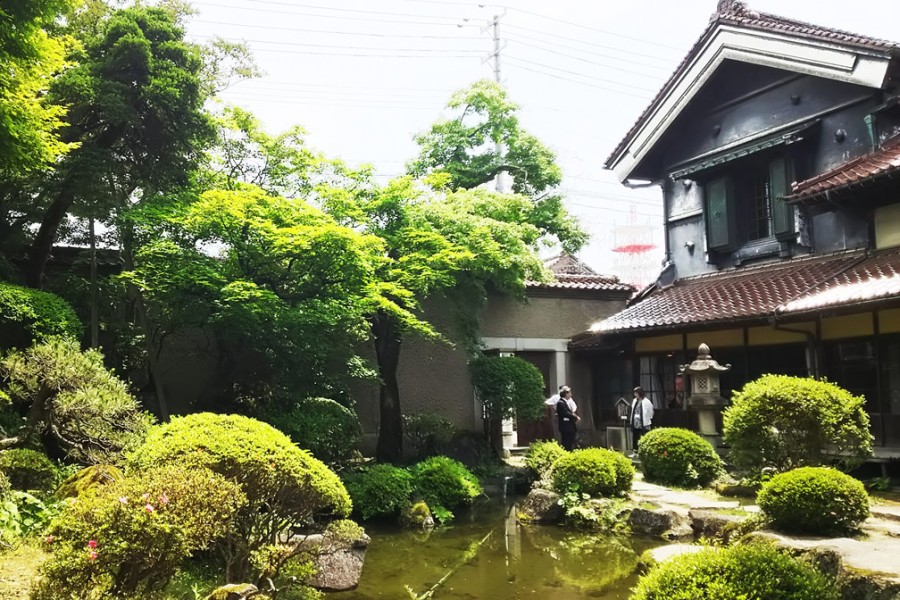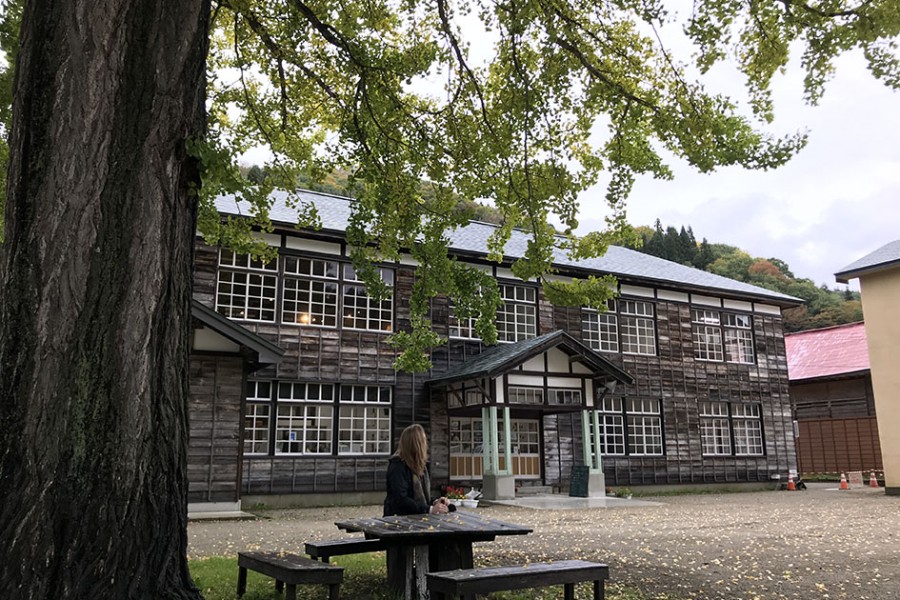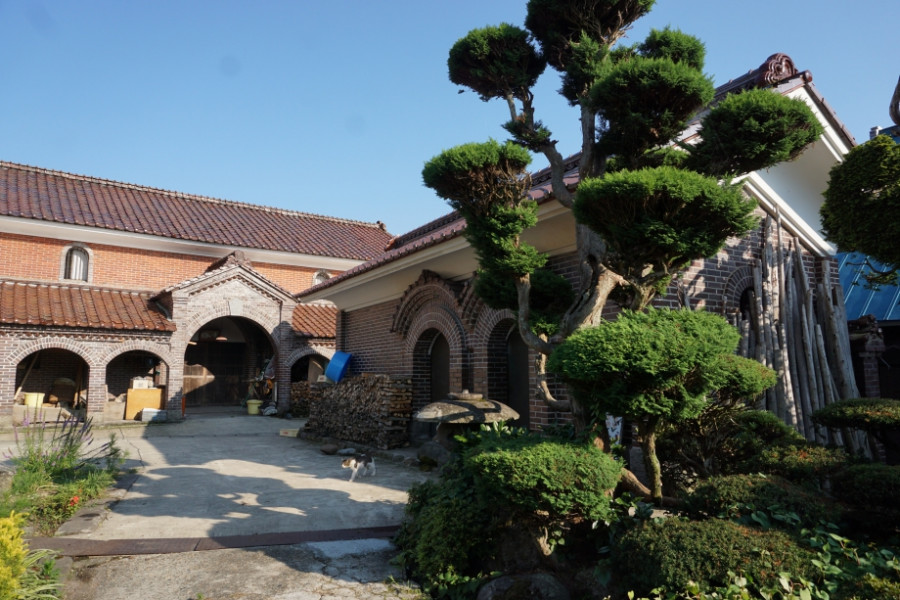History & Culture
Kuimaru Elementary School
Kuimaru Elementary School is a historic Japanese school that was built during the Showa era of Japan, making it over 80 years old.In the 1980s, a modern elementary school was built nearby, leaving this old school house abandoned. Fortunately, this building was preserved and converted into a museum. It happens to be one of only a handful of old fashioned schools left standing in Japan.Here you can explore the old school grounds including a large ginkgo tree that is over 100 years old. A long standing symbol of the school, in Autumn (early to mid-November) the leaves turn a beautiful golden yellow, and when they fall, the school yard is carpeted in these golden leaves.The school building has undergone some light renovations, but the charm of this old building has been beautifully preserved. Inside the building, you can wander through the halls and explore the classrooms, sit at the little wooden desks, page through some old textbooks and imagine what it would have been like to be a student here around 80 years ago.After you explore the school, there is a café next door called “Soba Café SCHOLA” that serves 100% buckwheat noodles (soba noodles) as well as other dishes created with 100% buckwheat (soba) flour. These dishes are naturally gluten-free and delicious.
